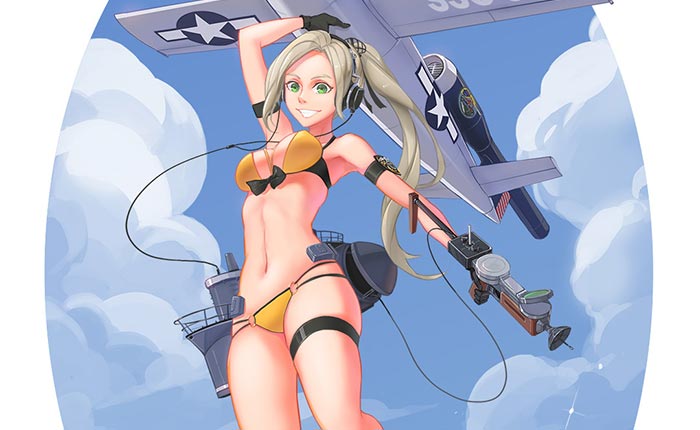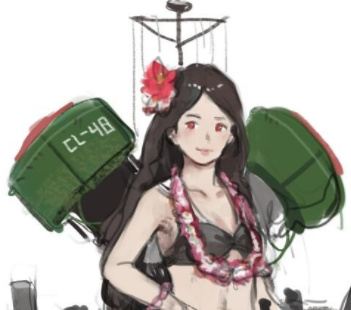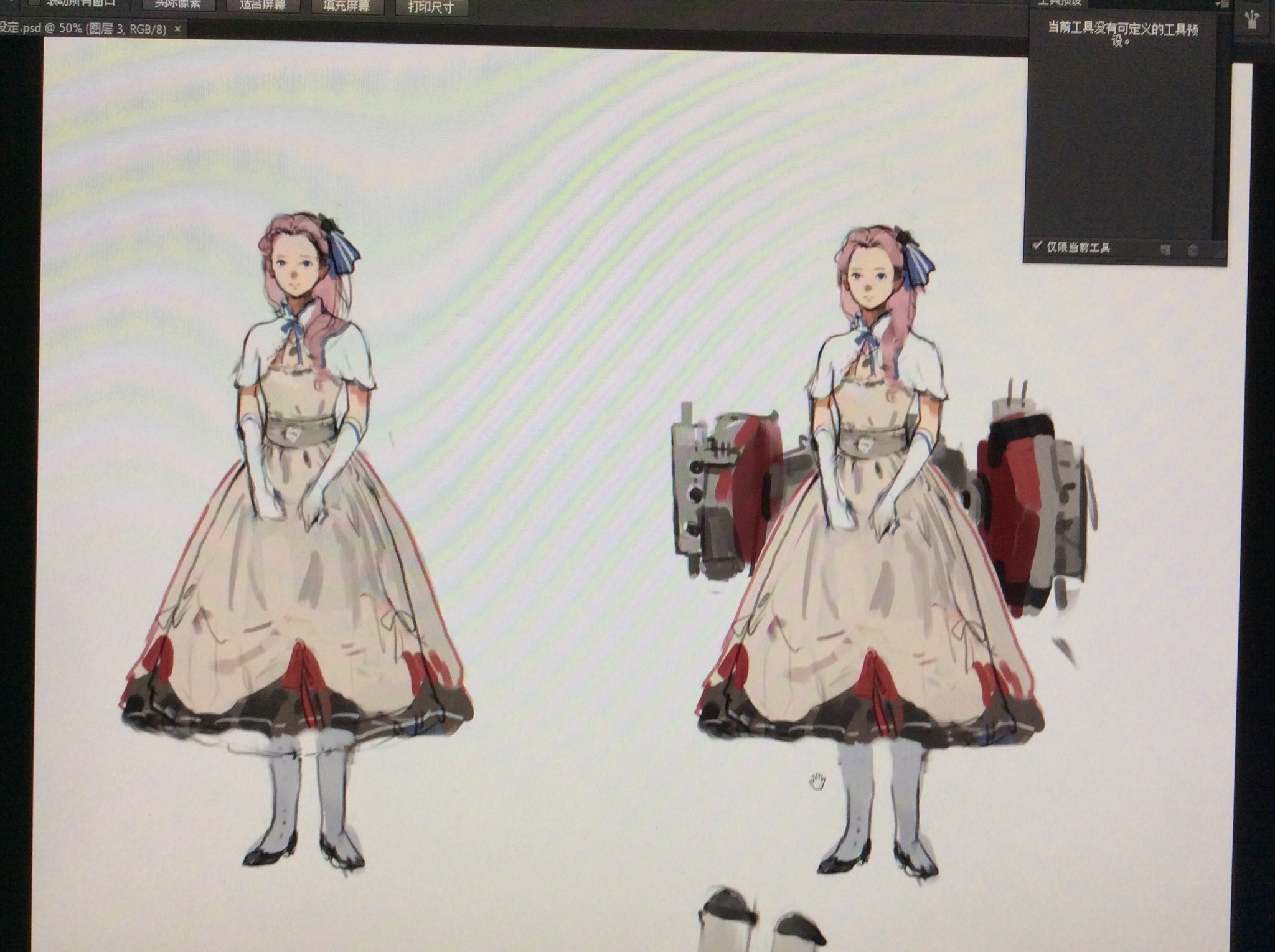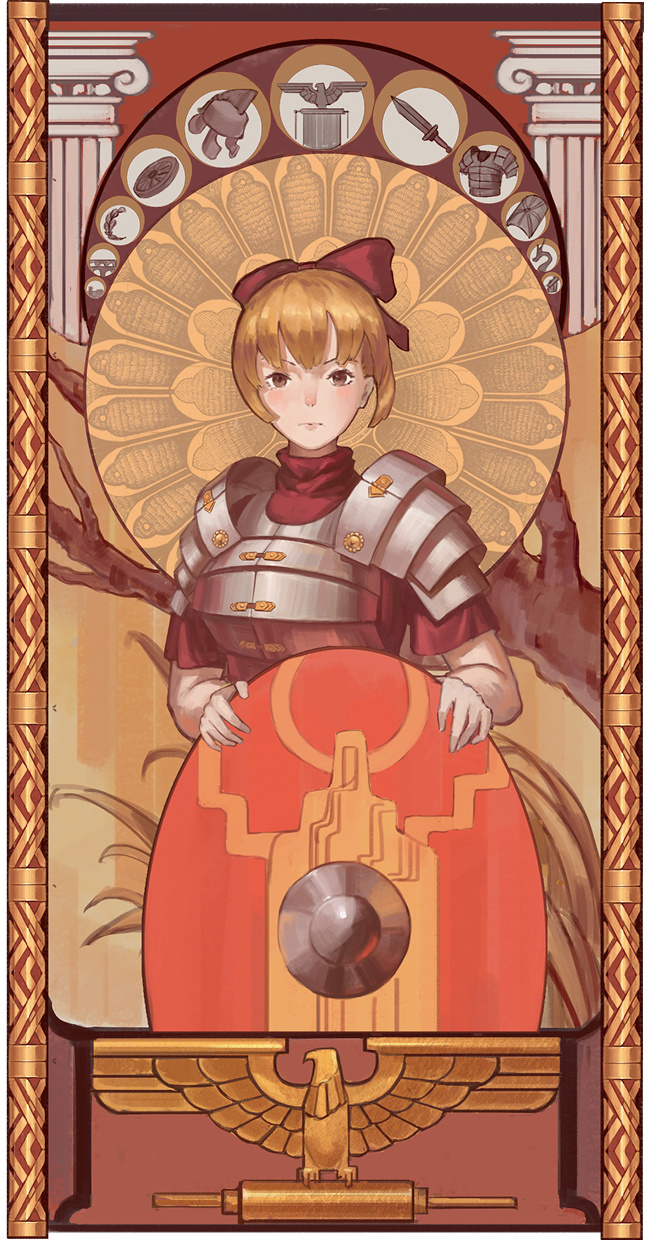Hiya Folks! K9 here. Finally got wordpress up and running, so Morgane doesn’t have to post for me. Today we’d like to show you guys a new subgirl!
How’s your day –
Commander, I’m going to need the practice range for ALL of tomorrow. Yes-yes, from 0800 to 1600! I’m on the cusp of a major breakthrough here! If this works we change all of ROCKETRY forever!
This time, it’s the real deal!
Forget what I said last time, this is new data. Look. Look here. This new fuel mixture gives us a pretty solid increase to our current range. Gonna guess we can push 20%, but even so 10% is nothing to sniff at. I’ve lowered the risk of spontaneous combustion too, just as ordered!
…30%. A reduction of 30%.
Whaddaya mean 70% is really high?
Commander this is ROCKET FUEL. Rocket. Fuel. BURN. That’s its job!
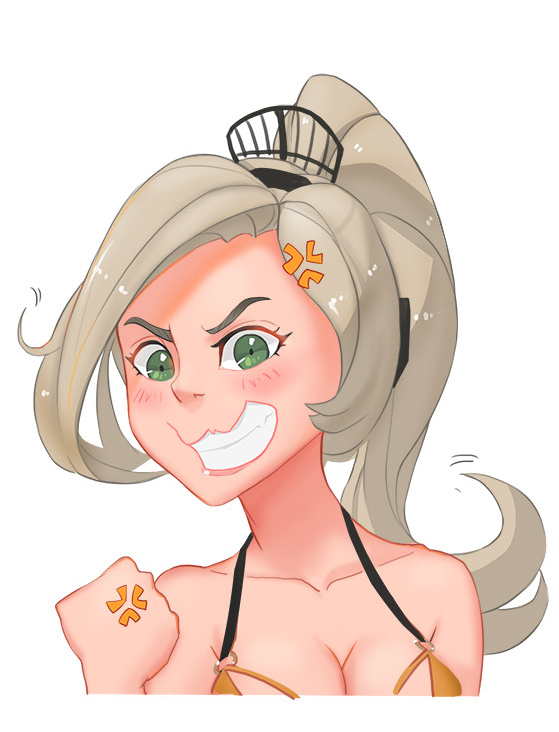
…
Yes, I know! Mahan’s tests concluded that the superstructure of the – it’s not pressure! It’s materials. That was the last missile. This one’s new. Totally different. Mike, are you even reading the weekly briefs the fairies are bringing to your desk?
Why do you think I’m here? You’ve GOT to let me try this. Just one more time!
No, you can’t push it to Jer. She’s already rejected the proposal three times in the past hour! It wasn’t even my proposal was bad. She’s literally getting me on technical trivialities that nobody’s followed for decades!
Aw come on, pretty please?
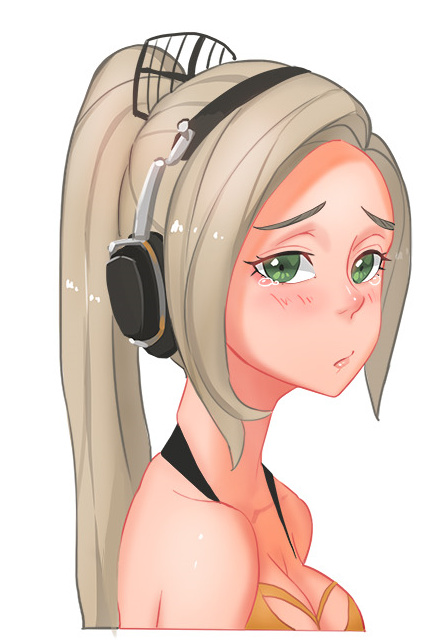
…okay, fine! I’ll make it “safer…”
*mumbles*
Anyway, whaddaya wanna ask?
How was your day?
Good. You could make it great if you’d just sign here and give me permission…
Okay. I’ll do it just this once –
Yay! Love ya commander, you’re the best! Just watch! It’s gonna work this time.
Tell me a bit about your namesake.
What, SS 340? You know if we’re gonna get technical I shouldn’t even be in Pacif – I mean, uh, I wouldn’t have really fallen under current paradigms of shipgirl appearances –
Right. The actual submarine. What can I say? She was a good sub. The Cusk served for twenty-four and a half years. Commissioned just slightly after – well, if we’re gonna get technical she was launched on July 28th of 1945 – World War II, she’s famous for being the world’s first missile submarine.
That’s right. She launched the first guided missile from a submarine in 1947. Affectionately known as the “Loon,” the LTV-N-2 missile was an improved copy of the German V1 Buzz Bomb. Yeah. That thing. Hitler’s terror weapon. Horribly inaccurate but it managed to give the Brits quite the scare. Anyways, by the end of the war, we managed to capture a few and study it. The brass thought it’d make the perfect stealth weapon if one could just launch it from a submarine, and that’s exactly what the Cusk accomplished.
Basically, as one of the first guided missiles built by the navy, it provided the US with a lot of practical knowledge regarding missile design and development. Pretty much all the advanced stuff that came later have the Loon to thank for, and I’d go as far as to say that it’s one of the top three weapons of war that permanently changed the fate of the world. The ability for a submarine to carry ballistic missiles anywhere around the globe and launch them at a moment’s notice … Need I say more?
Anyways. The Cusk then did her time, and did what a submarine was asked to do. Unlike me, she completed all of her missions more or less flawlessly –

D’aww, just like me? Now you’re making me blush. So you did read the reports after all!
Pro~gress~
How do you feel about the coming Abyssal War?
Victory through technology. If we’re gonna beat the uglies we’re going to have to push our gear to the limit. We only have so many shipgirls that can be deployed at a time. Something like the Loon would easily turn the tide if we can get the thing working and the little ones to start mass producing this stuff – preferably before they show up in force.
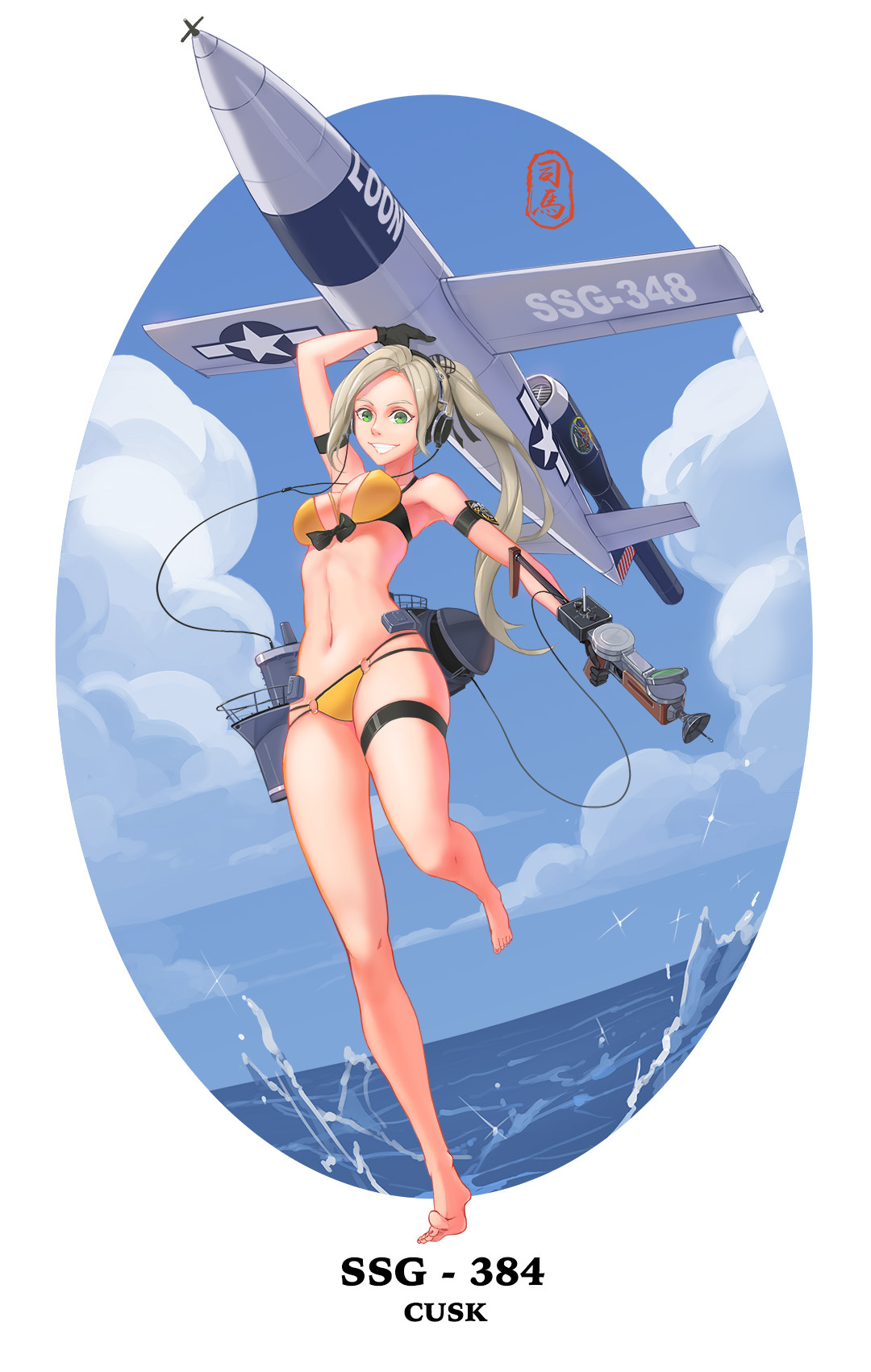
So, this girl was actually Sima’s idea. Sima found some info on the Loon and decided that she would be an interesting girl to cover. Morgane and I agreed, and here we are! Cusk. I think she looks great.
When I saw Sima’s first Cusk draft, the first thing that came to mind was the half-brilliant half-crazy aviation and space pioneers that I oh-so wanted to be when I was little. The run up to build speed, the throwing arm cocked back and ready to throw, the look of pure joy on her face from the sheer fun of not knowing what will happen next… She’s living my childhood dream. I can’t help but smile when I see Cusk. Sima’s really gotten better, being able to communicate these things by drawing. Morgane, being an actual scientist, is having a lot of fun with her too. She knows just how to make Cusk the best character she can be, and she’s done a lot more with Cusk than I ever could. (She’s the one who wrote most of the introduction up there!)
Thanks to the Loon, we’ve had a lot more Jojo references. Morgane wanted to do a GERMAN SCIENCE IS BEST IN THE WORLD joke, but didn’t manage to fit it in. Actually, with the Loon we wanted to dive a bit into the whole “German technology is superior” concept. Just how much of it is true? We’ll see just what we dig up.
As a side note, a quick update for Silent Service itself. So far we’ve got 11/12 new subgirls drawn. All of the new subgirls have at least have their personality and details outlined, so from here on out it’s a matter of writing out everyone’s intro, various slice-of-life stories, and finishing up Tautog’s Sub Corner.
Oh. And getting the Bikini Calendar put together. That’s important too.
It’s a whole team effort here, and so far things are running on schedule. Morgane’s busy directing Sima and editing my works, Sune’s been chugging away at Japanese sources and generally dabbing a bit in everything, and I’ve been writing out the subgirls, stories, and sub corners.
And as always, thanks for your support too!
-K9

